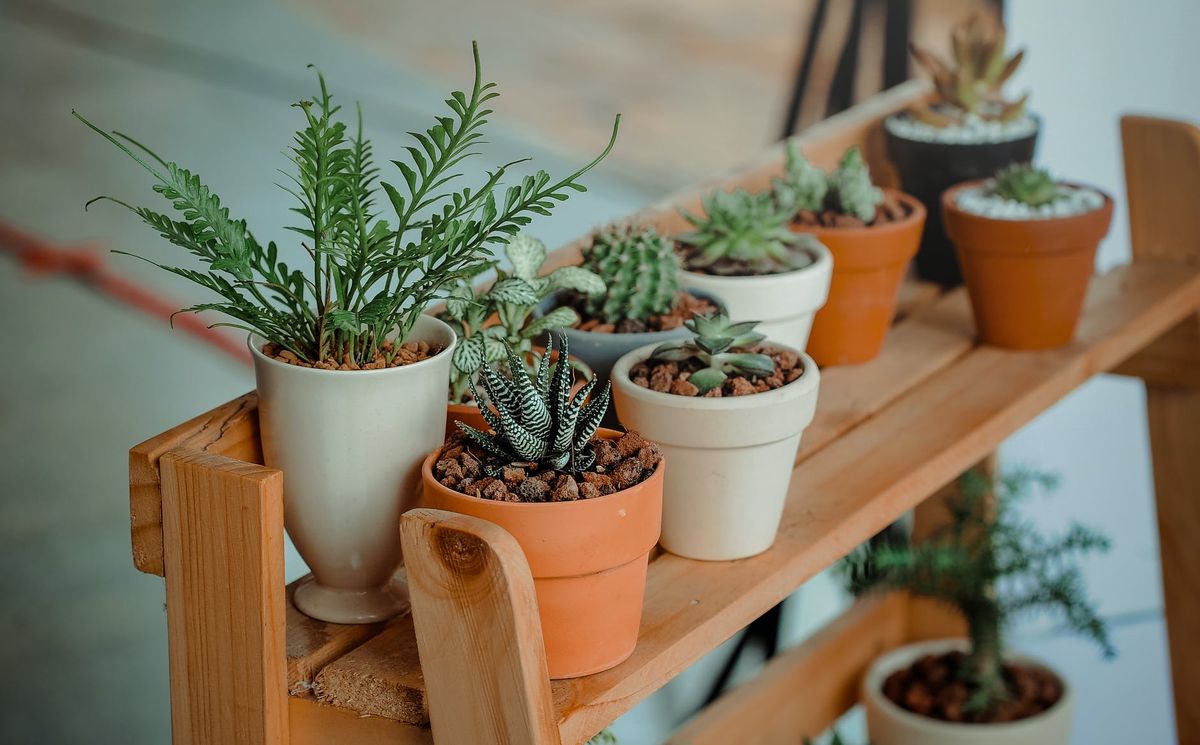The rise of houseplants in an age of urban isolation

A few minutes every morning is all you need.
Stay up to date on the world's Headlines and Human Stories. It's fun, it's factual, it's fluff-free.
Urban isolation has given rise to a generation obsessed with houseplants. While more and more people transition to city life for job opportunities and education, they lose the intimacy of rural areas in terms of proximity to nature. Those who live in rural areas often foster close relationships to being outside and in nature.
The rise of houseplants isn’t due just to a difference between urban and rural life; it’s the difference between apartments and houses. Homeowners often have greater flexibility to choose their community and the area in which they live. They’re more likely to have a backyard, a personal garden or a community garden, while apartment dwellers often live in more urban neighborhoods with less outdoor space.
According to the National Apartment Association, 50% of renters are either young adult roommates or just-starting-out singles. In short, Millennials and Gen Z-ers comprise a large portion of renters, due in part to lack of funds and a disillusionment with being saddled with a mortgage.
Many young adults have begun to find alternative routes to housing, such as long-term rentals, tiny houses or van life. So it’s no surprise that Millennials and houseplants make such good companions.
What’s behind the rise of houseplants?
Hashtags like #urbanjungle trend on social media platforms like Instagram and TikTok. Step into an apartment rented by one or several twenty-somethings, and you’ll undoubtedly find yourself wading through a sea of green vines and leaves hanging from every available surface. Weekend outings with friends to the local farmers market often end in an armful of new plants. If a trendy boutique doesn’t stock a healthy selection of houseplants, then are they truly deserving of the title “trendy?”
But why have these potted plants experienced a massive increase in popularity? When experiencing a void in our social, romantic or family life, we feel the need to nurture and care for something or someone. Because younger generations are waiting longer to start a family or adopt pets, the rise of houseplants makes sense. Plants serve as an easy stand-in.
The act of nurturing something that grows and flourishes under proper care presents an attractive pastime for young adults. Plant enthusiasts take on monikers like “plant mom,” and boutiques pen signs urging customers to “adopt” a succulent from their collection.
Houseplants also go hand-in-hand with another aspect of Millennial and Gen Z culture: wellness. Scientists and psychologists agree on the many mental and physical benefits of nature. Houseplants make nature more accessible in an age of urban isolation.
You might need to drive an hour outside the city to immerse yourself in a forest, but your philodendrons and ferns are perched right on your windowsill. They provide an opportunity to slow down and appreciate natural beauty. The act of caring for a plant can lower your blood pressure and soothe your anxieties. It also provides a comforting routine of pruning, watering and repotting in tumultuous times.
Why are your houseplants dying?
Struggling to maintain your urban jungle? You’re not alone. The houseplant craze hasn’t always provided sufficient information to care for your green friends. Most consumers fail to consider the conditions of their living space, and houseplants rely on the correct environment in order to thrive.
Before spending an exorbitant amount on plants at the nursery, evaluate your space. Which areas can accommodate plant life? Do you live in a region with seasonal weather or a desert climate? Do your rambunctious cats like to nibble on anything in reach? How much natural light trickles through your windows, and which direction do they face? These questions will guide your decisions in purchasing plants. Some plants do better indoors than others.
While social media and purveyors market succulents as easy to care for, they require ample sunlight, appropriate soil and little watering. Even people with so-called “green thumbs” sometimes wrestle with their succulents, especially outside of places like Southern California.
The Zamioculcas zamiifolia might be a better option for beginners. Its resiliency rivals succulents, and if your apartment doesn’t boast amazing sunlight or if you live in a shade space, the ZZ plant can survive in low lighting.
Unfortunately, ZZ plants and a few other popular houseplants are toxic to animals. Try out the Birds Nest Fern for a pet-friendly plant. Its serrated edges and vibrant green color will brighten your space. Another good option for people looking for low-maintenance plants is the Marble Queen Pothos. It can endure a bit of neglect here and there.
If you need a boost in confidence and you’re diligent with pruning and watering, then bring home a philodendron. Its rapid propagation will give you the affirmation you need to keep going with your houseplants.
For more advanced plant parents, try out some finicky friends like a Monstera or a Maidenhair Fern. The elegant black stems paired with the light green of its leaves makes Maidenhairs worth the constant moisture control. And any self-respecting plant enthusiast must have a Monstera to show for all their hard work.
Have a tip or story? Get in touch with our reporters at tips@themilsource.com




Comments ()